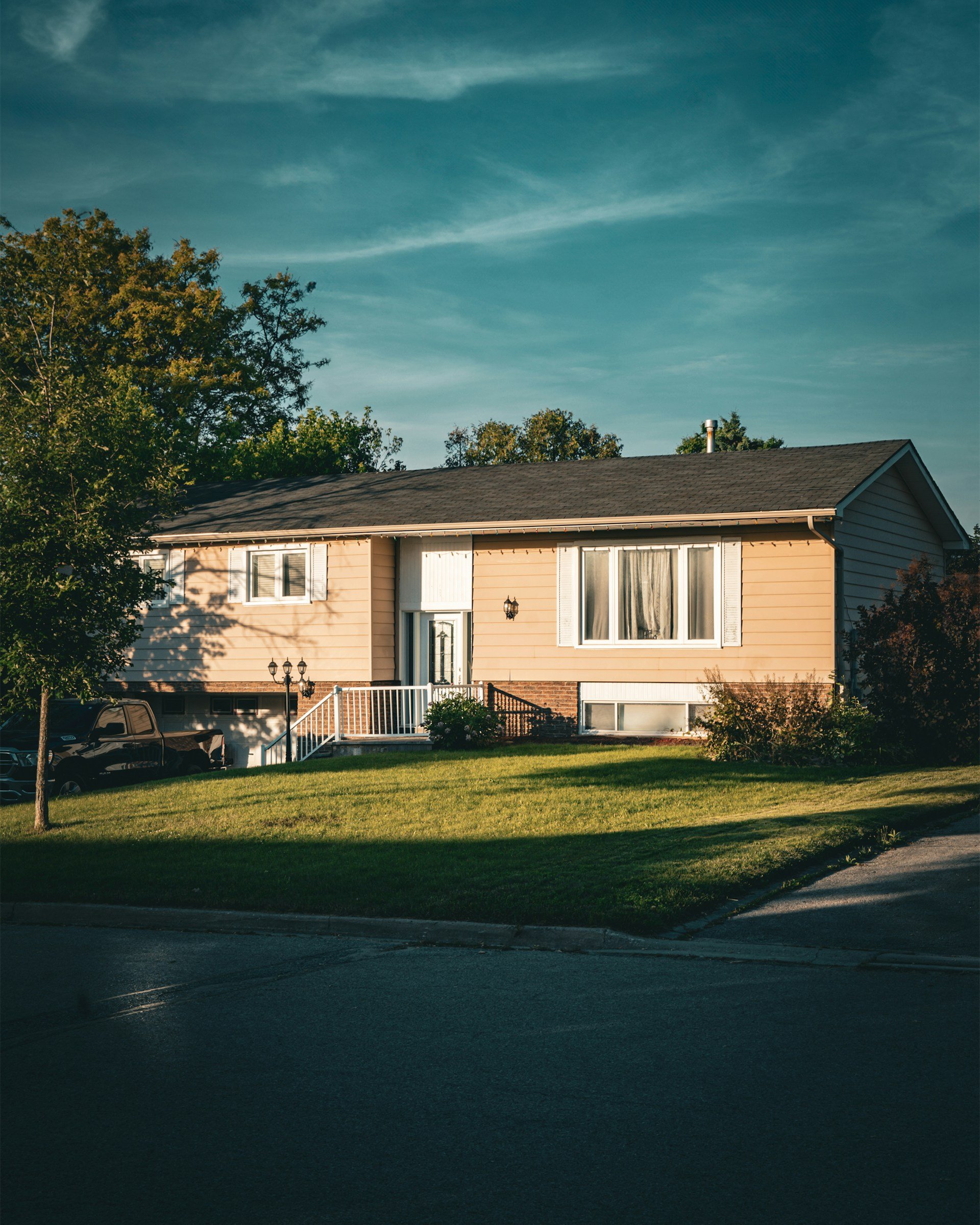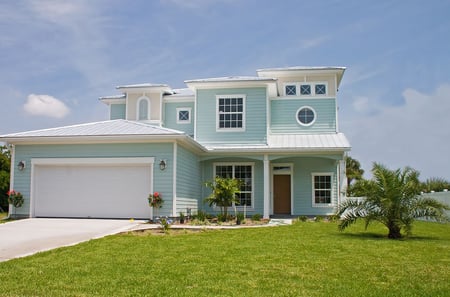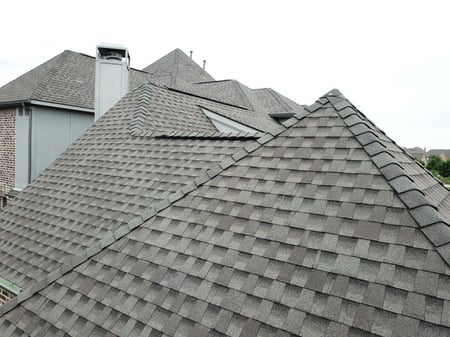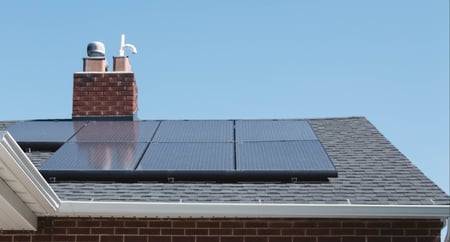Cool Roofs vs. Solar Power for Homes in the Southeast
April , 2025 | 7 min. read

If you’ve ever stepped outside on a Southern summer day, you know it feels like walking into a hot oven… while wearing a wool coat. The sun is no joke in places like Florida, Georgia, and South Carolina. And if your roof isn’t helping you combat that heat, your energy bills are probably sweating just as much as you are.
At RoofCrafters, we’re happy to tell you that that’s where cool roofs and solar power come into play! They’re two popular options for making your home more energy-efficient, environmentally friendly, and a whole lot more comfortable.
But which one is better for homeowners like you? Should you invest in a reflective, heat-deflecting cool roof, or slap some shiny solar panels up there and harness all that sunshine? Let’s break it all down together!
Your Roof Is a Heat Magnet

Traditional roofing materials like asphalt shingles and dark tiles absorb a ton of heat. In the Southeast, that means your roof can easily hit temperatures of 150°F or more, especially during the summer months.
What happens next? Your attic heats up, your air conditioner kicks into overdrive, and your utility bill climbs higher than your neighbor’s sweet tea consumption.
And while energy-efficient upgrades sound great in theory, most homeowners want to know: What’s the best solution for where I live?
Option 1: The Cool Roof

A cool roof is designed to reflect more sunlight and absorb less heat than a standard roof. This is usually accomplished through light-colored roofing materials, special coatings, or reflective shingles.
How Cool Roofs Work
Cool roofs reduce surface temperature by up to 50°F, which translates into significantly lower indoor temperatures and a reduced need for air conditioning. That’s especially beneficial in hot, humid Southeastern climates, where your HVAC system already works overtime.
Pros of Cool Roofs in the Southeast:
- Lower indoor temps: Your home stays naturally cooler, even without cranking the AC.
- Energy savings: Lower cooling costs mean lower energy bills.
- Extended roof life: Cool roofs handle heat better and degrade more slowly than traditional roofs.
- Lower upfront cost: Cool roofs are often less expensive to install than solar panels.
- Tax incentives & rebates: Some Southeastern states offer incentives for cool roofing systems.
Cons:
- No energy generation: Cool roofs reduce energy use, but they don’t actually produce electricity.
- Not as helpful in winter: While Southeast winters are mild, cool roofs don’t offer insulation benefits during colder months.
Option 2: Solar Power

Solar panels turn your rooftop into a miniature power plant, converting all that sunshine into clean, renewable electricity. In the Southeast, we’re blessed with plenty of sunshine year-round, making solar a tempting option for energy-conscious homeowners.
How Solar Works
Photovoltaic (PV) panels absorb sunlight and convert it into electricity, which can power your home and reduce or eliminate your monthly electric bill. Any extra energy can be stored in a battery or sold back to the grid, depending on your utility company.
Pros of Solar Panels in the Southeast:
- Free electricity: Once installed, solar power can drastically cut or eliminate your energy bills.
- Eco-friendly: Solar energy is clean, renewable, and reduces your carbon footprint.
- Net metering: Some states and utility companies allow you to sell excess power back to the grid.
- Long-term savings: Solar panels typically pay for themselves in 7–10 years.
- Tax credits: The federal solar tax credit (ITC) offers up to 30% back on installation costs.
Cons:
- Higher upfront cost: Solar systems can cost $15,000–$30,000+, depending on size and roof compatibility.
- Aesthetic concerns: Some homeowners don’t love the look of rooftop panels.
- Roof compatibility: Not every roof is suitable for solar panels (think steep slopes or heavy shade).
- Maintenance: While minimal, panels do require occasional cleaning and monitoring.
Which Is Better for Southeast Homeowners?

Here’s the kicker: it depends on your goals! If you’re mainly trying to cool your home and cut energy usage, a cool roof might be your best bet, especially if you’re replacing your roof anyway. But if you’re aiming for long-term energy independence and want to harness the Southeast’s sunny climate, solar panels could provide more value in the long run.
Let’s look at a few real-life scenarios.
Scenario A: You’re on a Budget and Need a New Roof
If your roof is already aging and you’re looking for a replacement, upgrading to a cool roof is a smart, budget-friendly move. You’ll save on energy costs immediately, and you won’t have to worry about whether your roof pitch or shade levels can support solar panels.
Best choice: Cool roof with ENERGY STAR–rated materials.
Scenario B: You Want to Slash or Eliminate Your Electric Bill
If your roof is in good condition and you want to generate your own power, solar is hard to beat. Many Southeastern states get over 200 sunny days per year, making solar power a strong long-term investment.
Best choice: A solar system with battery storage if your area experiences frequent outages.
Scenario C: You Want to Do Both
Why not have the best of both worlds? Some homeowners are combining cool roof systems with solar panels, especially when their roof is being replaced anyway. Using cool roof coatings or materials underneath the panels can enhance energy savings by keeping the surrounding roof areas cooler and improving panel efficiency.
Best choice: Energy-efficient roof with solar integration.
Bonus: Incentives and ROI in the Southeast
Let’s talk numbers. Here are a few key incentives available to Southeastern homeowners:
- Federal Solar Tax Credit (ITC): Get 30% back on the cost of a solar system, including panels, batteries, and labor.
- State programs: Georgia, South Carolina, and Florida all offer various solar or efficiency rebates.
- Local utility rebates: Some power companies offer rebates or net metering programs that can improve your solar return on investment.
As for cool roofs, they may not come with as many headline-grabbing incentives, but they typically cost less upfront, qualify for some energy-efficiency programs, and provide immediate comfort benefits, especially during Southern heat waves.
Pick What Suits Your Home and Lifestyle
There’s no one-size-fits-all answer when it comes to cool roofs vs. solar power, especially in a region as warm and varied as the Southeast. To recap:
- Choose a cool roof if you’re already replacing your roof, want fast relief from the heat, or are on a tighter budget.
- Choose solar panels if you’re in it for the long-term savings, energy independence, and want to take full advantage of the Southern sunshine.
- Consider both if you’re looking to maximize efficiency and future-proof your home.
Whichever option you go with, your future self (and your energy bills) will thank you.
Want help choosing between a cool roof or solar? Be sure to hit that “Schedule an Inspection” button down below! We know how to make your Southeastern home more efficient and less sweat-inducing. Not to mention, you deserve a roof that works with the weather, not against it.
My name is Cassie, and I’m the Content Manager here at RoofCrafters. I was born and raised in Chicago, Illinois, and made my way out to Florida post-college graduation. I’m incredibly passionate about writing and creating valuable content that helps others with the collaboration of my marketing team. When I’m not working, I enjoy shopping (a little too much), spending time at the beach, and reading!



